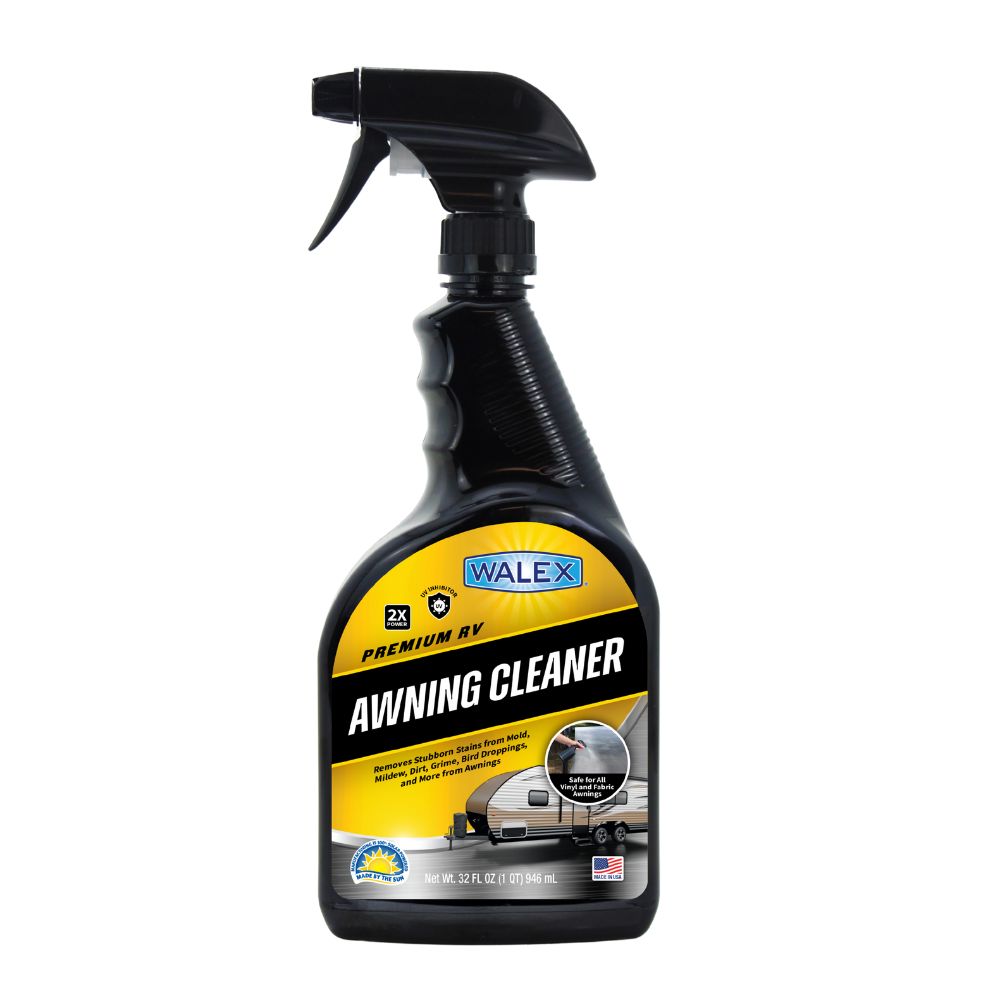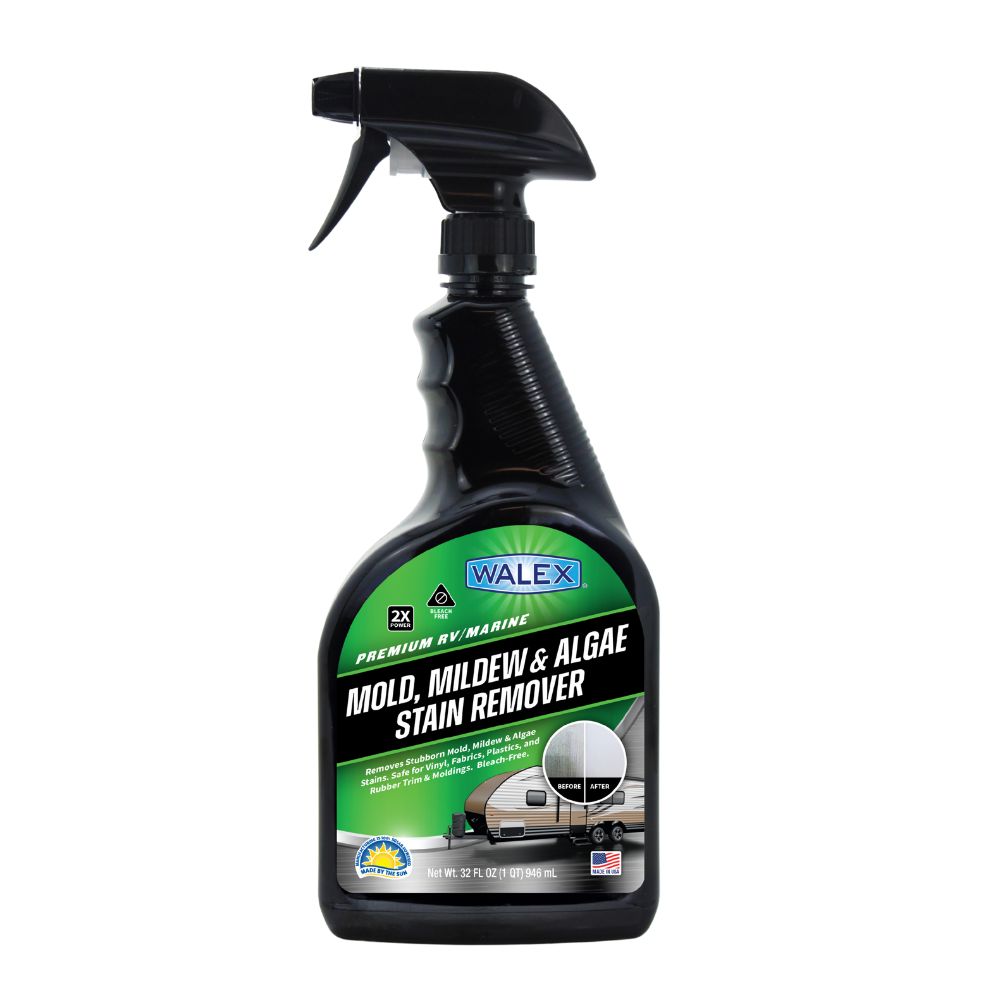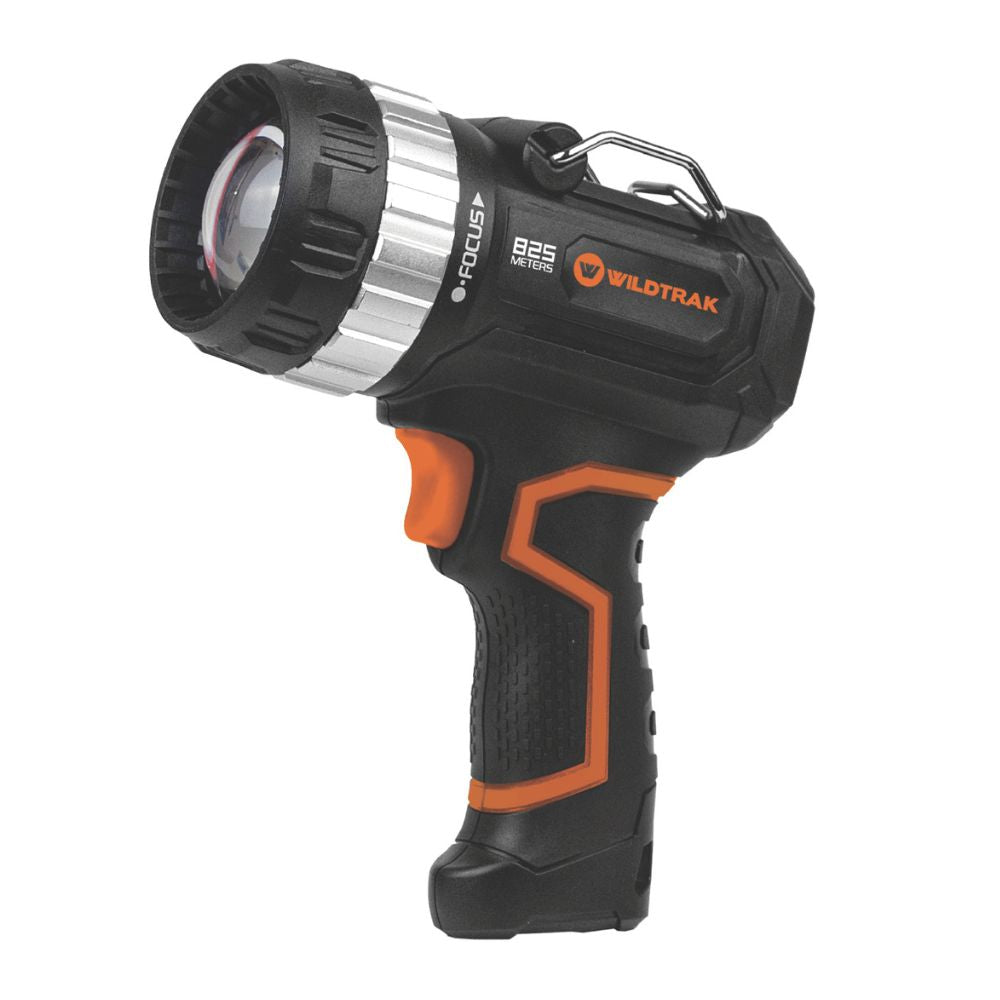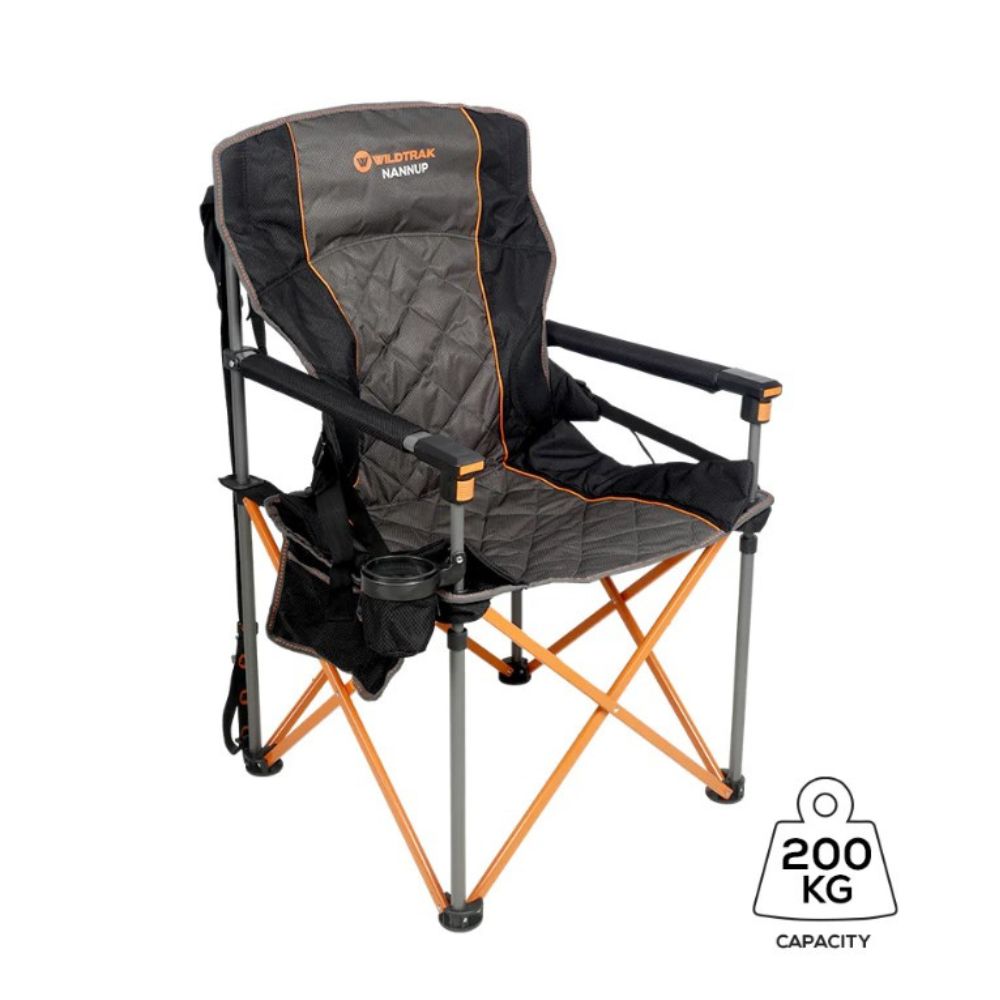Towing a caravan or camper isn’t as simple as revving your engine and driving off into the sunset. There are a lot of tips and tricks you need to know in order to arrive at your destination unscathed – and there are a lot of caravan accessories you can invest in to make your job even easier. We’ve done the research and the test runs so you don’t have to! Use this guide to learn everything you need to know about hitches and hardware, so you can travel safely.
-
Towing Mirrors
If you’re wondering whether or not you need bigger mirrors for your next trip, there is actually an easy trick to finding out. If your van is wider than your car, then you need to upgrade your mirrors in order to travel safely. Choosing between permanent and non-permanent mirrors comes down to personal preference, as each style has its own benefits and drawbacks. For example, non-permanent mirrors are ideal for those who swap their towing vehicles around or don’t travel often, but they have been known to break loose from your car while you’re driving. Permanent mirrors on the other hand, are installed on your vehicle and can be controlled from within the car, however, they will cost more than their counterparts. -
Towball
While the 50mm towball has been the staple of the towing industry for years, there are a number of different hitches on the market and it can be confusing choosing the right one for you. As a general rule, the 50mm can tow up to 3500kg, while the 70mm can tow up to 4500kg. When towing, the towball itself needs to be within 350mm to 460mm from the ground. On top of this, towballs are really only suited to black top travel, and can faulter and fail if you stray from the beaten track.
Towing Hardware and Accessories
-
Off-Road Hitch
The first thing you need to ask when buying an off-road hitch, is whether or not it meets Australian standards. You also want to ensure it works well with your weight distribution system for a smoother trip. It should clearly show when it’s connected, and as a bonus, it should be easy to maintain. The hitch you choose is dependent on your van and your personal preferences. -
Break Controller
If your van is over 2000kg, you need a break controller fitted into your car. You’ll be able to choose between a Solid-State Unit, a Pendulum Unit, or an Inertia Sensing Unit. The Inertia Sensing Unit measures the amount of deceleration the car is experiencing, and match that proportionately within the van. A Solid-State Unit is similar to a volume control, in that you can control the amount of voltage sent to the breaks on the trailer – which is handy when travelling down a steep hill. Lastly, a pendulum unit is fitted with a small pendulum (as the name suggests). By moving the pendulum, you can change the timing for when the breaks are activated on the van. While great for hills as well, it isn’t a great choice for off-road travel. Regardless of what you choose, it’s critical that they are installed by a qualified auto-electrician. -
Breakaway Break Systems
These are also mandatory for any vehicle over 200kg. They connect from the drawbar of the trailer to the car (not the hitch), and if the connection is broken, the trailer breaks are activated. The onboard battery, which powers these breaks in the event of an incident, must have enough power to keep the breaks on for 15 minutes, stopping the trailer from careering off on its own if an accident occurs. You may want to consider an in-vehicle battery alarm, which will alert the driver when the battery isn’t charged enough to keep the breaks on. -
Electronic Stability Control (ESC)
This is fitted to the vehicle to monitor a series of senses. This include pitch, roll, and even the steering wheel movement. They are designed to prevent an understeer or oversteer moment, so you can stay safe.Whether or not your vehicle is fitted with ESC, it’s definitely worth investing in for your van. It’s important to remember that this technology won’t compensate for poor driving, nor will it counteract a poorly balanced caravan.
Myth Busting
With the rise of social media, we’re becoming more and more exposed to theories and ideas, which can come from every man and their dog. We’re here to debunk some of the myths surrounding shackle tech:
- The shackle limit must be higher than my van: A rated shackle has been tested and stamped it’s working load limit. However, they can actually carry up to five or six times this number. If your van is within this extended limit, then that shackle is fine to use.
- The pin colour is incredibly important: When choosing your shackle, it doesn’t matter if it’s a D or a Bow shackle, and it doesn’t matter what colour the pin is either. As long as your van is within the extended rating, you can travel safely and confidently.
There are a huge range of accessories and technologies designed to make your towing experience safer and accident free. Visit our stores and stockists or shop online to find the latest in towing hardware, and ask the experts if you’re wondering what technology is right for you.





